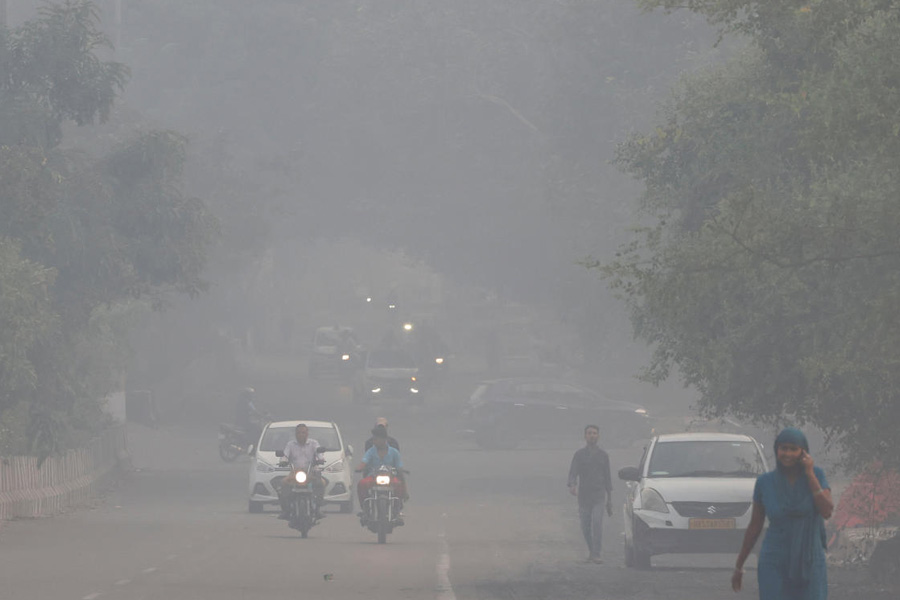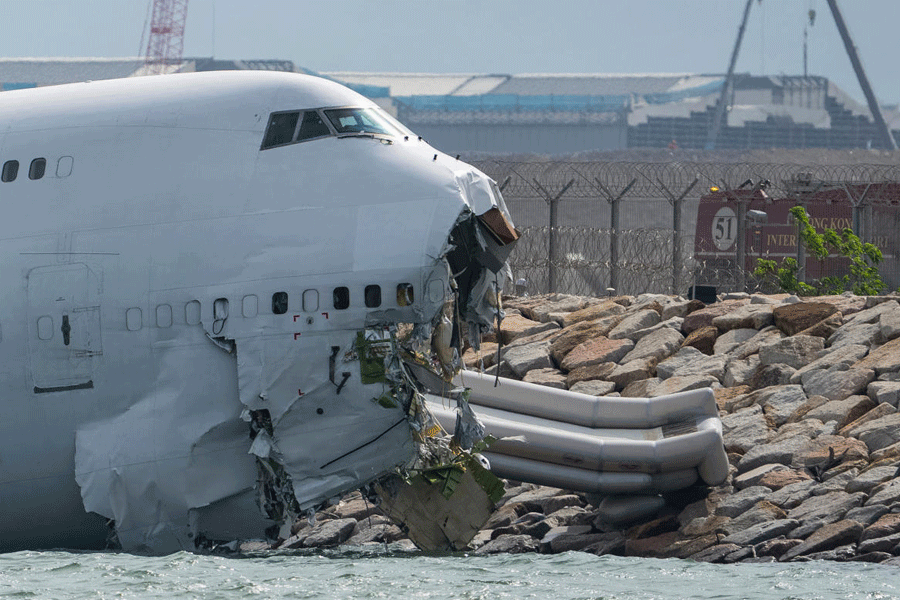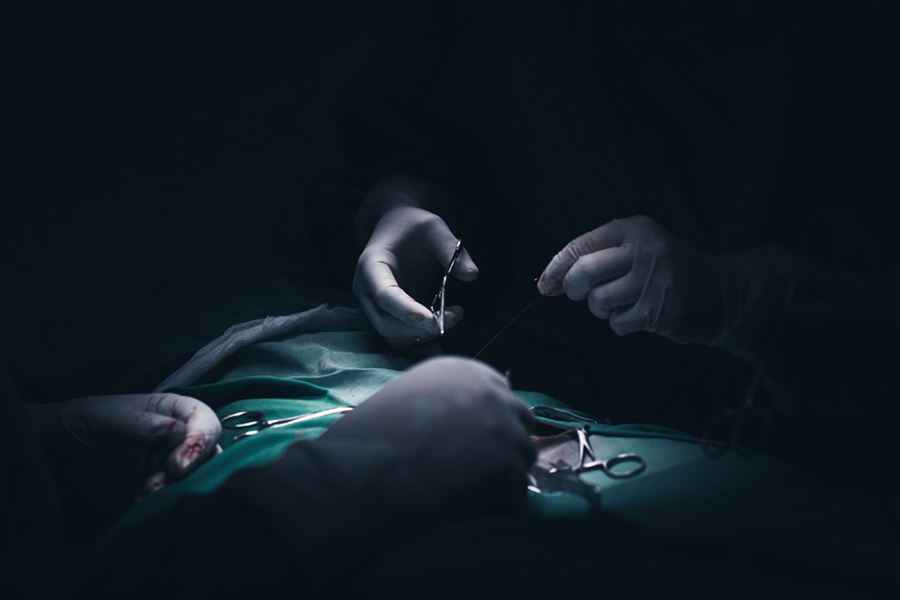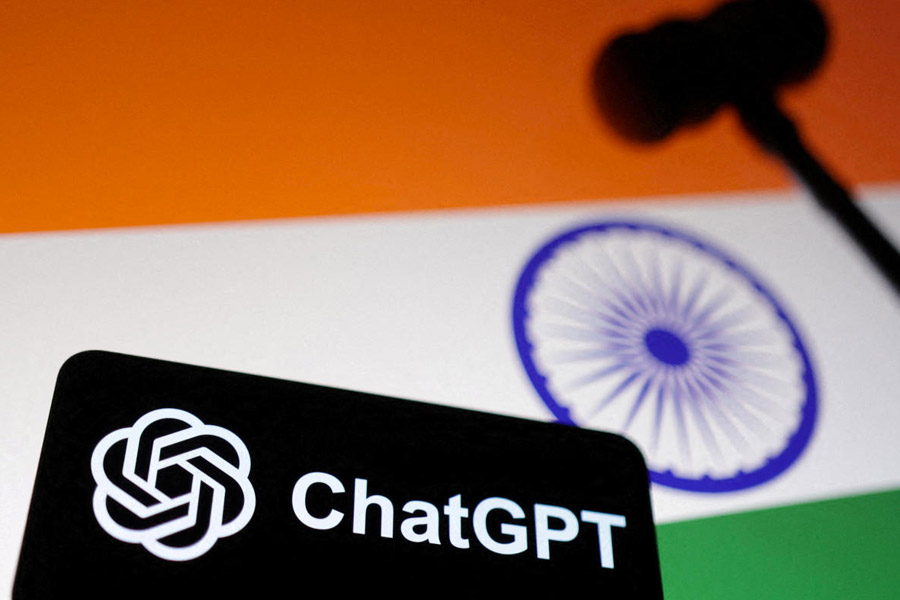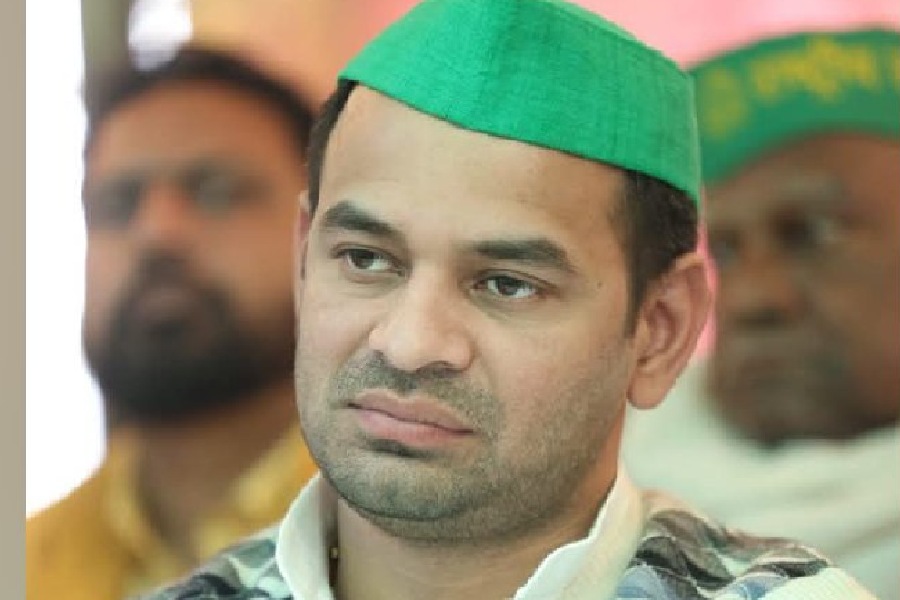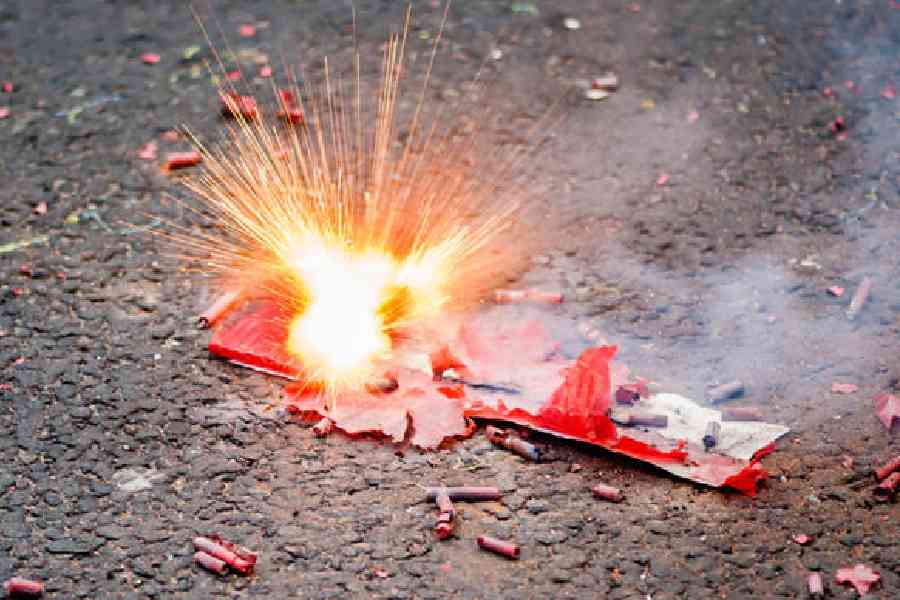High cost of drugs has become a major hurdle for treating a majority of children suffering from spinal muscular atrophy, a degenerative neurological disorder that severely restricts movements, doctors and parents said on Sunday.
During an interaction with doctors at a national conference organised by Peerless Hospital to discuss the disease, several parents flagged their concern about their inability to buy such high-priced medicines.
Both doctors and parents highlighted the importance of forming a registry of children suffering from the disease and the need to seek the central government’s intervention to bring down the prices of medicines. A doctor said the high-priced drugs were mainly procured from the US and most people found it difficult to access those.
Spinal muscular atrophy is characterised by the degeneration and death of motor neurons in the spinal cord, which leads to weakness in the muscles connected with swallowing, breathing and walking.
This happens because of genetic mutation, the doctor said.
Doctors at the meet said the treatment cost about Rs 5 crore in the first year. The cost reduces from the next year, but it continues for several years.
Sanjukta De, clinical director, department of paediatrics, who runs the spinal muscular atrophy clinic at Peerless Hospital, said drugs were available now, but the price factor was a hindrance.
“Zolgensma, a gene therapy, is also effective in overcoming the disease. But the real challenge lies in making the drug available to the parents. We are holding the conference to highlight the challenges,” De said.
There are four categories of the disease depending on the age group, said a doctor.
Type-I breaks out between zero and six months.
Type-II and III break out among children between the age group of six and 18 months and three and 10 years, respectively.
Type-IV affects those who are 15-years old.
Archana Panda, the co-founder Cure SMA India, an organisation of parents of children suffering from the disease, said they had started the process to prepare a registry of patients. It will be presented to the Union health minister, Harsh Vardhan, to make him understand the extent of difficulty parents go through because of costly drugs, Panda said.
Pradip Mitra, the director of medical education in Bengal, said there was a need to focus on research so that the drugs could be developed indigenously.
“That is how the drugs could be developed cheaper. We are trying to include the disease under the rare disease category of Swasthya Sathi scheme so that once such patients are admitted with complications like severe chest infection, high fever they can be provided treatment free of cost,” said Mitra.
“Till now, our registry includes details of 250 children. We want to present the registry to the minister and request him to negotiate with the drug manufactures so that the prices of the drugs could be lowered. Countries such as South Korea, China do this,” said Panda.
“Government’s help is required to engage pharmaceutical companies and philanthropist so that a corpus could be created and the drugs provided at a more subsidised rate. As the disease is a fatal one, such steps have to be taken without wasting any time,” she said.





